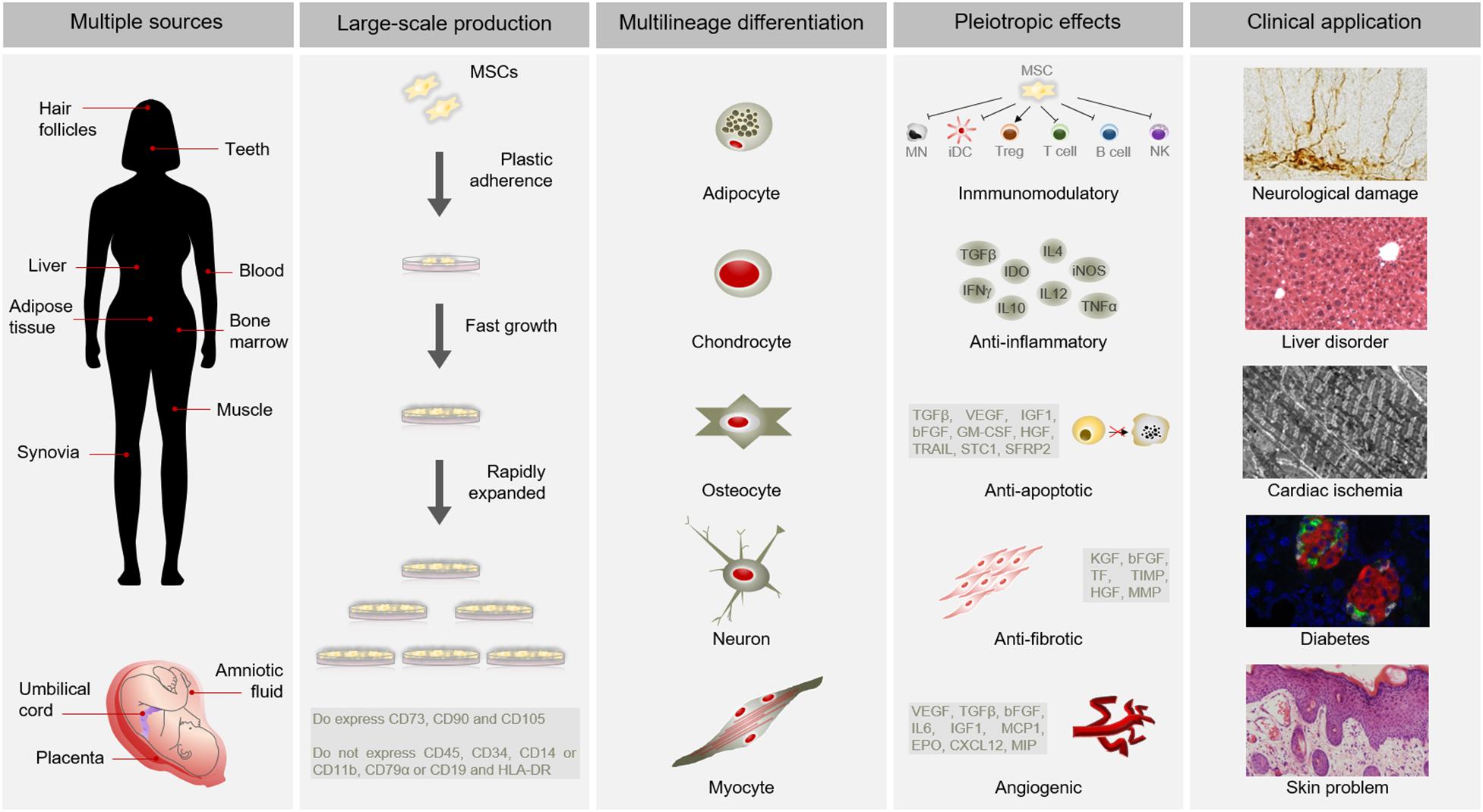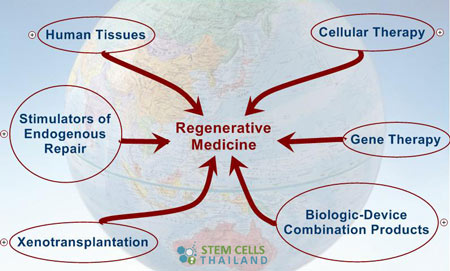
[/image][=video]
[/video]
There are lots of kinds of stem cells. In basic, the term stem cell refers to a category of cells that generate various other cells (like skin, blood, heart, and muscle mass cells) by reproducing and differentiating in reaction to chemical signs. Totipotent stem cells show up at the earliest stage of development and are the only stem cells which can produce embryonic stem cells and the placenta.
Bone marrow transplant (BMT) is a special treatment for people with specific cancers or other illness. A bone marrow transplant entails taking cells that are normally discovered in the bone marrow (stem cells), filtering system those cells, and providing them back either to the benefactor (patient) or to one more person. The goal of BMT is to transfuse healthy and balanced bone marrow cells right into an individual after his or her very own harmful bone marrow has been treated to eliminate the uncommon cells.
Bone marrow is the soft, squishy cells found inside bones. It is where the majority of the body's blood cells develop and are kept. The blood cells that make various other blood cells are called stem cells. The most primitive of the stem cells is called the pluripotent stem cell. This is different than other blood cells when it come to the following buildings: It is able to reproduce another cell identical to itself.
It is the stem cells that are required in bone marrow transplant. The goal of a bone marrow transplant is to treat lots of diseases and sorts of cancer. When the doses of radiation treatment or radiation needed to heal a cancer are so high that an individual's bone marrow stem cells will certainly be permanently damaged or damaged by the treatment, a bone marrow transplant might be needed.
Hormone Therapy
This process is usually called rescue. Change bone marrow with genetically healthy and balanced working bone marrow to stop even more damage from a genetic disease process (such as Hurler's syndrome and adrenoleukodystrophy). The threats and advantages need to be weighed in a complete discussion with your medical care company and professionals in bone marrow transplants prior to the treatment.
There are different types of bone marrow transplants depending upon who the donor is. The different kinds of BMT consist of the following: The contributor is the patient himself or herself. Stem cells are drawn from the patient either by bone marrow harvest or apheresis (a process of collecting peripheral blood stem cells), frozen, and afterwards returned to the person after intensive therapy.
The benefactor shares the same hereditary type as the client. Stem cells are taken either by bone marrow harvest or apheresis from a genetically matched donor, normally a brother or sis. Other donors for allogeneic bone marrow transplants might consist of the following: A haploid-identical match is when the donor is a parent and the hereditary match goes to least half similar to the recipient.

Matching involves inputting human leukocyte antigen (HLA) tissue. The antigens on the surface area of these unique leukocyte establish the genetic make-up of an individual's immune system. There go to the very least 100 HLA antigens; however, it is believed that there are a couple of significant antigens that determine whether a benefactor and recipient match.
Clinical research study is still checking out the duty all antigens play in the process of a bone marrow transplant. The even more antigens that match, the far better the engraftment of given away marrow. Engraftment of the stem cells takes place when the donated cells make their means to the marrow and begin making new blood cells.
Perimenopause Treatment
All people collaborate to provide the best chance for an effective transplant. The group consists of the following: Medical care providers that focus on oncology, hematology, immunology, and bone marrow transplantation. A nurse that organizes all elements of care supplied before and after the transplant. The nurse planner will certainly supply individual education and learning, and works with the analysis testing and follow-up care.
Professionals who will certainly aid you fulfill your dietary demands before and after the transplant. They will work carefully with you and your family members. Specialists who will assist you come to be solid and independent with activity and endurance after the transplant. Chaplains that give spiritual care and assistance. A number of other group participants will certainly review you before transplantation and will give follow-up treatment as required.

A complete case history and physical examination are performed, consisting of several examinations to evaluate the individual's blood and body organ functions (for instance, heart, kidney, liver, and lungs). An individual will certainly usually enter the transplant facility approximately 10 days before transplant for hydration, analysis, placement of the main venous line, and various other preparations.
Blood products and medicines will certainly be given with the catheter throughout treatment. For an allogeneic transplant, an appropriate (tissue keyed in and matched) contributor needs to be offered. Finding a matching donor can be a tough and extensive procedure, especially if a sibling suit is not offered. Volunteer marrow benefactors are signed up in several nationwide and worldwide pc registries.
Benefactor sources readily available consist of: self, sibling, parent or loved one, nonrelated person, or umbilical cable from a related or nonrelated person. There are national and international pc registries for nonrelated individuals and cord blood.
Stem Cell Therapy
Examinations related to his or her health and wellness, exposure to viruses, and genetic evaluation will be done to figure out the degree of the suit. The contributor will certainly be offered guidelines on how a bone marrow donation will certainly be made. As soon as a suit for a client needing a bone marrow transplant is found, after that stem cells will certainly be accumulated either by a bone marrow harvest.
Or by a peripheral blood stem cell collection. This is where stem cells are gathered from the circulating cells in the blood. Of the two, outer blood stem cell contributions are now extra typical. Cord blood has currently been accumulated at the time of a birth and stored for later usage.
Navigation
Latest Posts
Regenerative Therapy
Perimenopause Treatment
Menopause Treatment local to Norton Shores